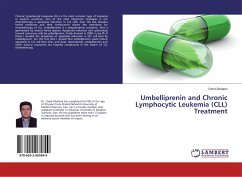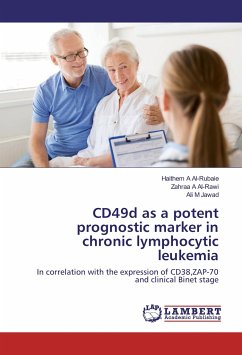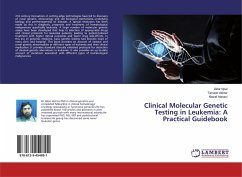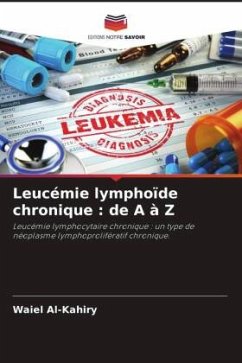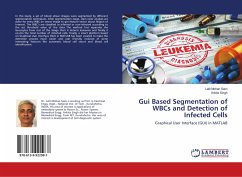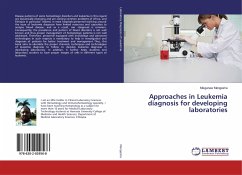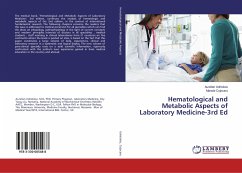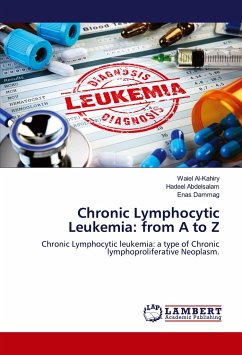
Chronic Lymphocytic Leukemia: from A to Z
Chronic Lymphocytic leukemia: a type of Chronic lymphoproliferative Neoplasm.
Versandkostenfrei!
Versandfertig in 6-10 Tagen
27,99 €
inkl. MwSt.

PAYBACK Punkte
14 °P sammeln!
Chronic lymphocytic leukemia is the most common leukemia affecting mainly elderly individuals and follows an extremely variable course, with survival ranging from months to decades. Several characteristics of CLL facilitate basic and translational research including the high population prevalence, the easily obtainable malignant cells through venous phlebotomy, the asymptomatic phase in most patients that allows for longitudinal evaluation, and the relatively long disease-specific survival. Consensus guidelines for treatment of patients with CLL have been proposed by the ESMO Clinical Practice...
Chronic lymphocytic leukemia is the most common leukemia affecting mainly elderly individuals and follows an extremely variable course, with survival ranging from months to decades. Several characteristics of CLL facilitate basic and translational research including the high population prevalence, the easily obtainable malignant cells through venous phlebotomy, the asymptomatic phase in most patients that allows for longitudinal evaluation, and the relatively long disease-specific survival. Consensus guidelines for treatment of patients with CLL have been proposed by the ESMO Clinical Practice Guidelines, and recently recommended that the current use of prognostic tools for patients with newly diagnosed CLL should include staging (Rai or Binet), lymphocyte doubling time (LDT), Beta-2 microglobulin (beta2M), CD38 and ZAP-70 markers, CLL-relevant fluorescence in situ hybridization (FISH) panel, and, if available, IgVH gene mutation status.



